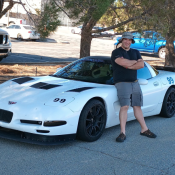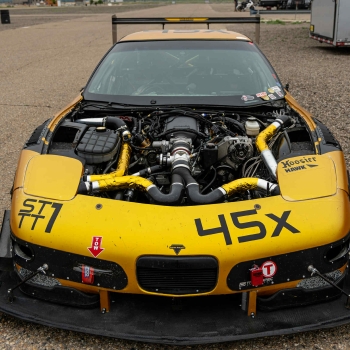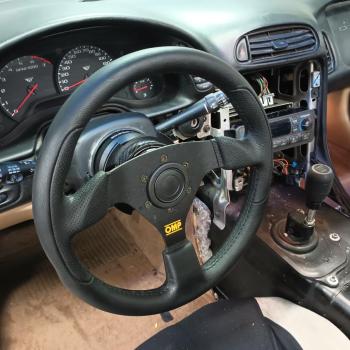
I’ve had my Corvette handling pretty dialed in for SCCA Max2 competition for a few years now — but as anyone who’s chased lap times knows, “well enough” is never the end of the story.
Between two adjusters per corner, rake, wing angle, tire pressures, and now even canards, I had a lot of levers to pull. The problem wasn’t whether I could make changes, it was whether I’d pull the right levers to improve my lap times.
I generally had a ballpark idea of what to do, but I didn’t want to undo a good baseline by chasing the wrong adjustment. And I’m not alone in that sentiment. In a recent thread on a high-end race car modification forum, plenty of experienced folks flat-out laughed at the idea of wanting four-way adjustable coilovers — “most people can barely handle one adjuster,” they said. They’re not wrong, for a lot of people suspension tuning is dark magic.
That’s where AI has been a game-changer for me, helping sort through the noise and guide smarter suspension decisions.
Below is a walkthrough of how I used AI this season to get results. Check it out. Maybe there's something in here for you. Whether it's some of the ways I took measurements or flat out copying how I worked with AI, give it a gander. The worst you can do is waste 10 minutes, and you're already online so why not waste some more time?
⚠️
IMPORTANT NOTE: This article is meant for the DIYer. It is assumed that going into this, you had your initial alignment set by an alignment shop or have string aligned and hopefully have followed some of the primary suggested starting alignment points. Check out Shred Jesse's collation of alignment suggestions if you need help establishing a baseline alignment.
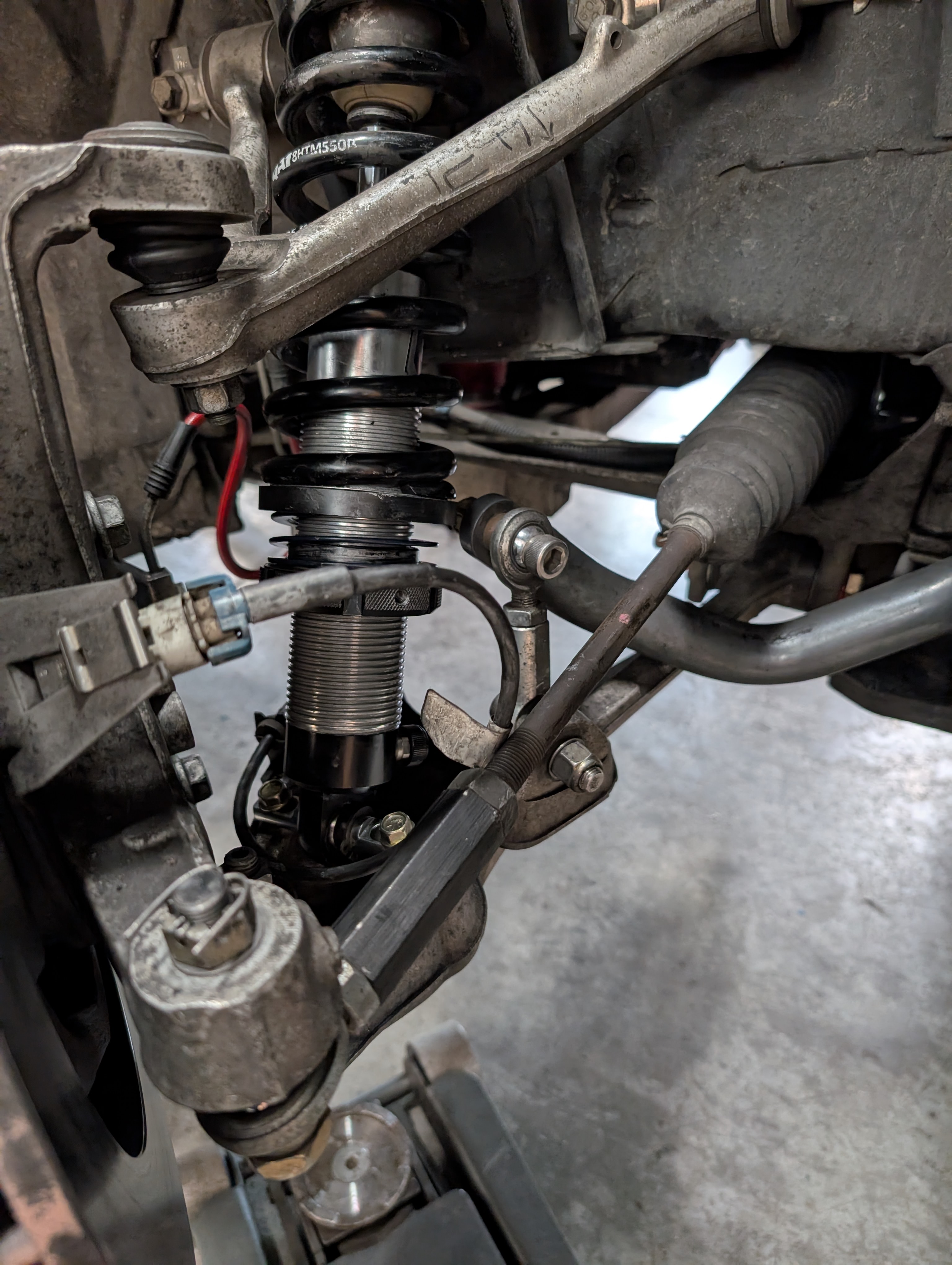
The Foundation - Establish a Well Thought out Baseline
So it's worth establishing a baseline for your car that you can tune from, and compare handling characteristics for. There's a lot of information out there already for nearly any configuration for the C5, and odds are in your favor that whatever is out there can be made to work. Going into this, you'll want to make sure you know all of the parts that make up your setup, and ideally have some good tools for measuring and establishing a solid baseline. Here are the measurements I have.
Tools Recommended for Establishing a Baseline:
- Automatic Center Punch
- RTV Silicone - Black
- Digital Angle Gauge
- Measuring Tape specific to MM
- Tire Pressure gauge - 0-40 PSI Longacre (you can get cheaper, but for not much money this is the best out there)
Step 1 - Start the Process with AI.
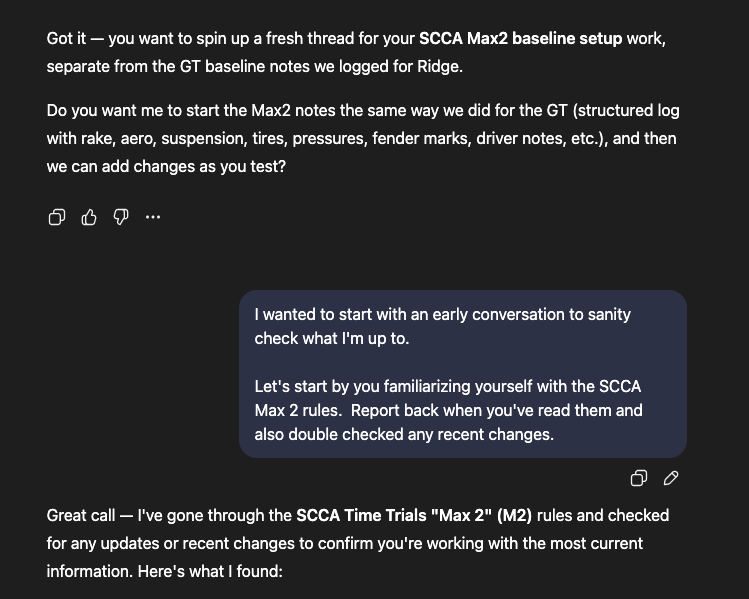
Start the conversation with ChatGPT or your AI provider of choice. Tell it that you're going to establish a baseline suspension setup for your car, and you're going to start with ride height and rake. Tell it what you've got for components such as leaf springs vs coilovers, aero, etc etc. Also give it your wheel and tire sizes and tire model. Share what aero you have, what your alignment values were from alignment, and what your goal is in general with the car. Establishing this baseline of what levers can be adjusted and what the actual levers are is critical for AI to help dial in your setup, especially over time.
It's also critical to share just what discipline and/or class you're in, and what your goals are. For example, drag racing may get better results with a different rake while autocross may be better suited to to a very aggressive rake to let the car rotate, and hey if it's a thing tell AI what your local tracks are like. What works well for a tight technical autocross won't play out at a high speed race track with 150mph straights! Be sure to tell AI that you want it to remember what you discuss and set as you go along, as over time you may change things as you start to deviate from the baseline.
Step 2 - Baseline Measurements & Setting Rake
Now that you've got the conversation going, you're going to want to take measurements. The ideal place to take measurements on a Corvette is from the ground up to the jacking points... but unless you've got a 4 point lift you sure aren't going to be able to do this very reasonably, and even then there's going to be some faffing around with the measuring tape in there that just won't get you the exact right results.
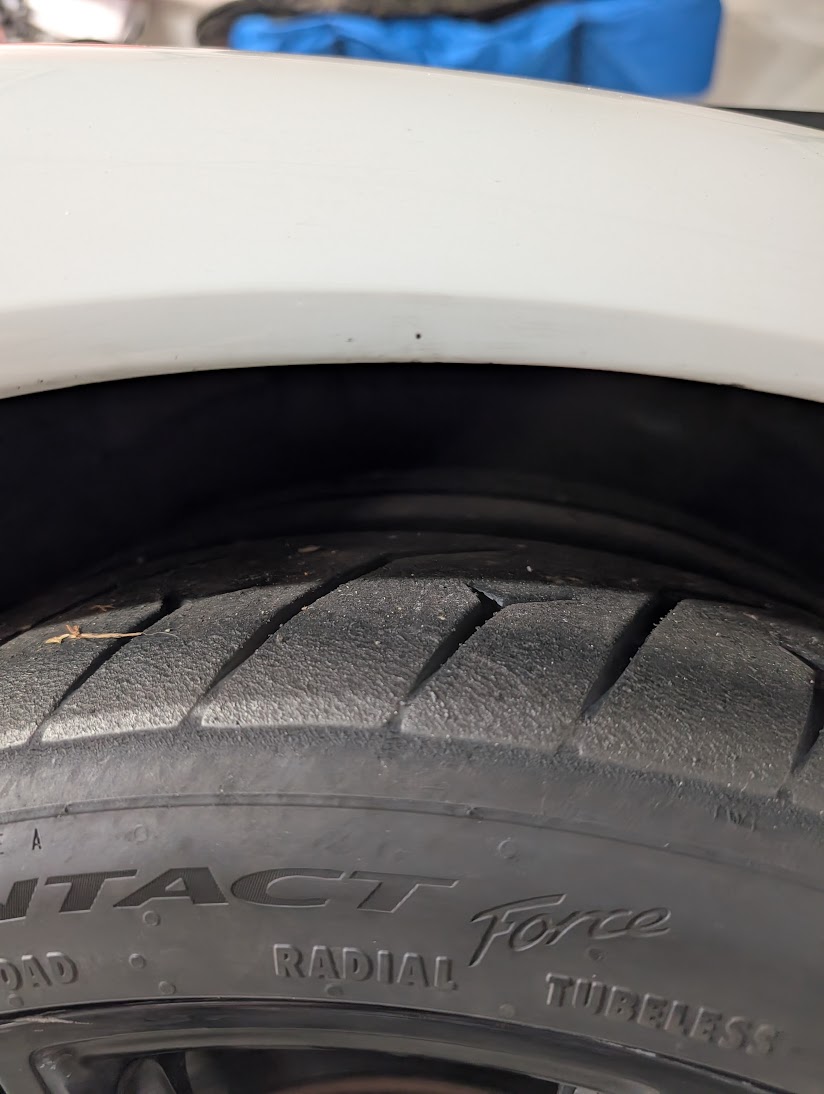
Instead of dealing with jacking points, I like to add small indents to my fenders that aren't visible unless you're really close up. I take an automatic center punch and put the smallest indent in my fenders. These will help me have a consistent place to measure from, and aren't visible to the naked eye. Don't want to put even the tiniest dent in your car? Just pick a spot and remember it, though you will likely get some variance in your measurement as the location moves.
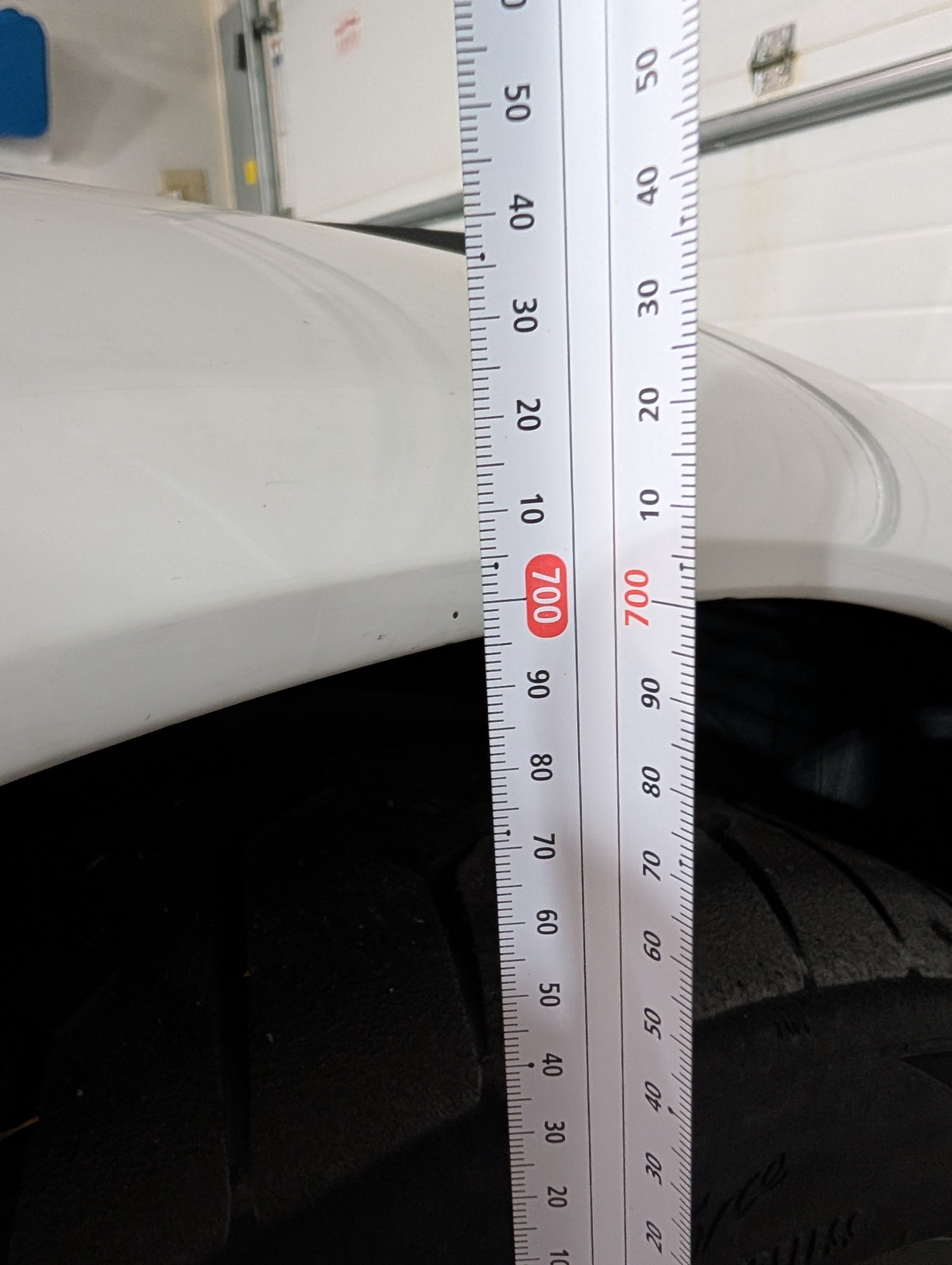
Now, measure from the ground, up through the center line of the wheel hub, up to the point you marked. Take that measurement on all 4 corners, but before you pass it into AI and start discussing rake... I recommend two more measurements to help better have AI establish rake.
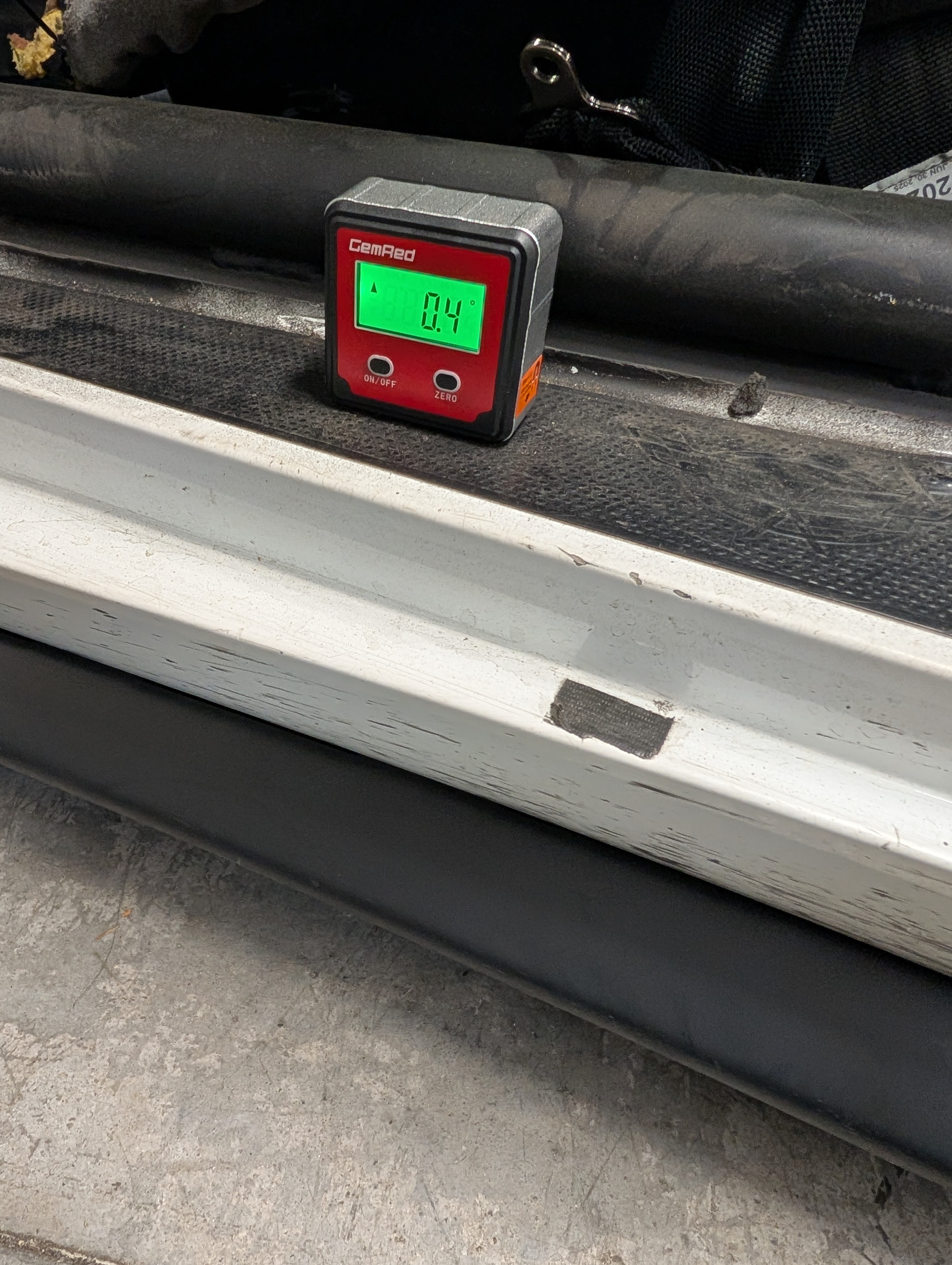
Take your inclinometer and zero it on the ground. Now, place it on your driver side door sill and the passenger door sill, ideally right on the Corvette emblem. Now pass those measurements to AI along with your fender measurements. The message should look something like:
Front right 699mm
Front left 692
Rear left 726
Rear right 725
Driver door sill 0.33 degrees. Passenger door sill 0.34 degrees
The AI you are working with should then, aware of your measurements and the goals and generally documented baseline starting point for your discipline, will provide some adjustments suggestions. Perhaps you've got more rake than ideal, or perhaps you've got too little, or maybe you've clearly got one corner jacked up way further than another.
Now, it's worth mentioning to be sure to double check whatever AI gives you. Sometimes it takes "shortcuts" thinking about answers you don't get a deep dive answer. If any answer you get doesn't seem to make sense, or what you're visually seeing on the car or in your measurements doesn't match up, challenge the AI on it. For example, ChatGPT at first thought I had negative rake, as it didn't deep dive into the fenders on the C5 not being level from the factory. With staggered wheels and tire sizes, the rear fenders are indeed taller by design.
Some AI's such as ChatGPT are really good at talking things out and looking into if they are wrong or not, and even adjusting when it's clear it missed a detail. Other AI models such as Gemini... well let's just say it can get quite assertive and when asked to show you a demonstration it'll link you to a "Page Not Found" website. Gemini is a bit bananas...
Step 3 - Take & Share Cold Tire Pressures
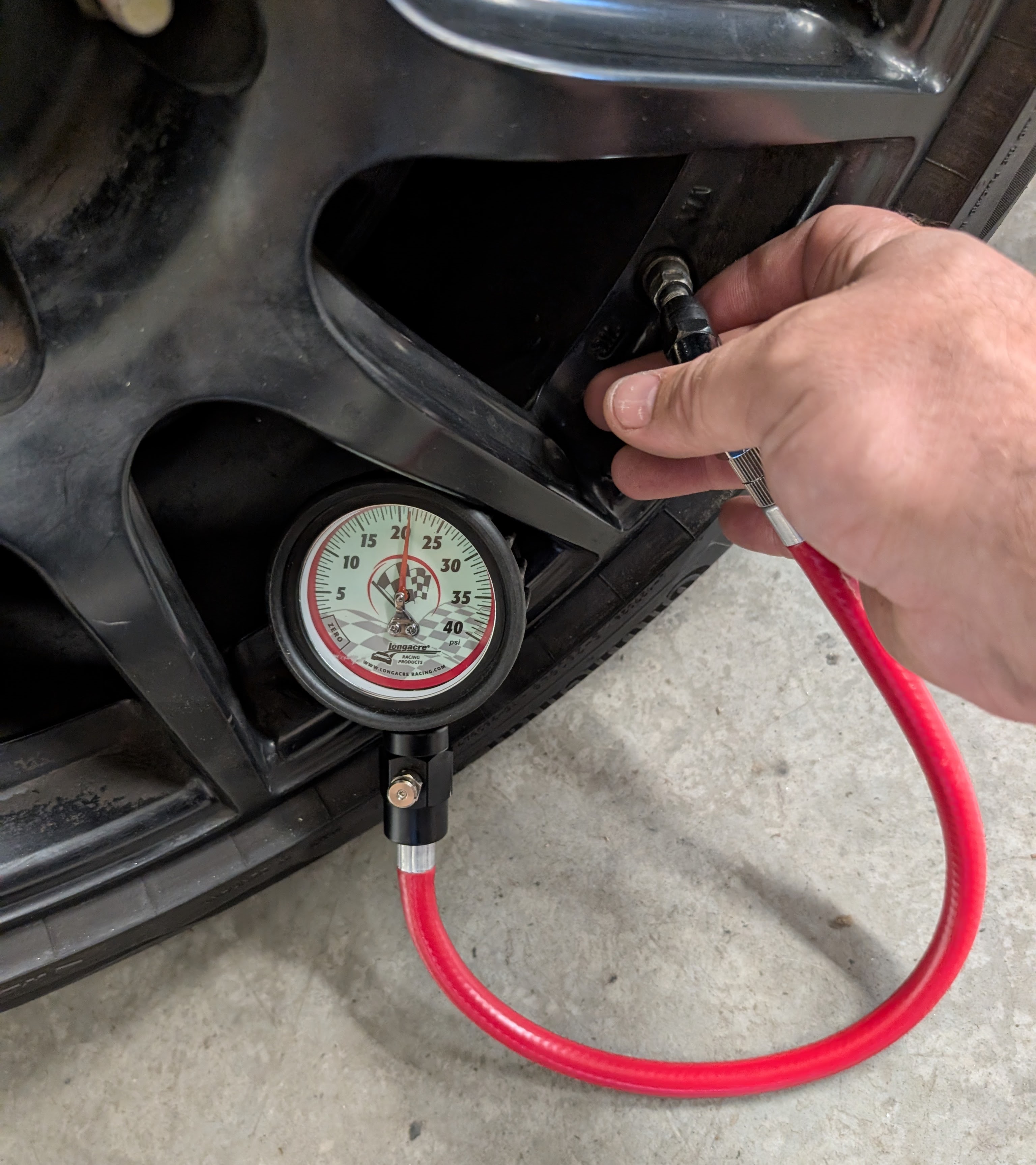
One of the levers of adjustability you have is tire pressure. Now while the best way to setup your tires and alignment is to take a tire temperature gauge and log all of your tire temperatures... you can't always make that happen by yourself at the track as a privateer.
At this point, if you haven't already, let AI know what tires you are on, and what your current / cold starting pressures are. AI should take note and remember this, though I encourage you to be explicit about telling it to add these details to the baseline configuration it will be remembering for your car.
With all of the information in, AI should start to give you some baseline suggestions, and I do openly suggest you ask it to dig deeper into just what sorts of pressures folks are running with your specific tire and what folks are reporting for pressure jumps from cold to hot. It also wouldn't be the worst idea to do just a bit of research here yourself to ensure that whatever recommendation you get is within the ballpark realm of what you should expect.
Step 4 - Measure Aero and Discuss What Adjustments Are Available to You
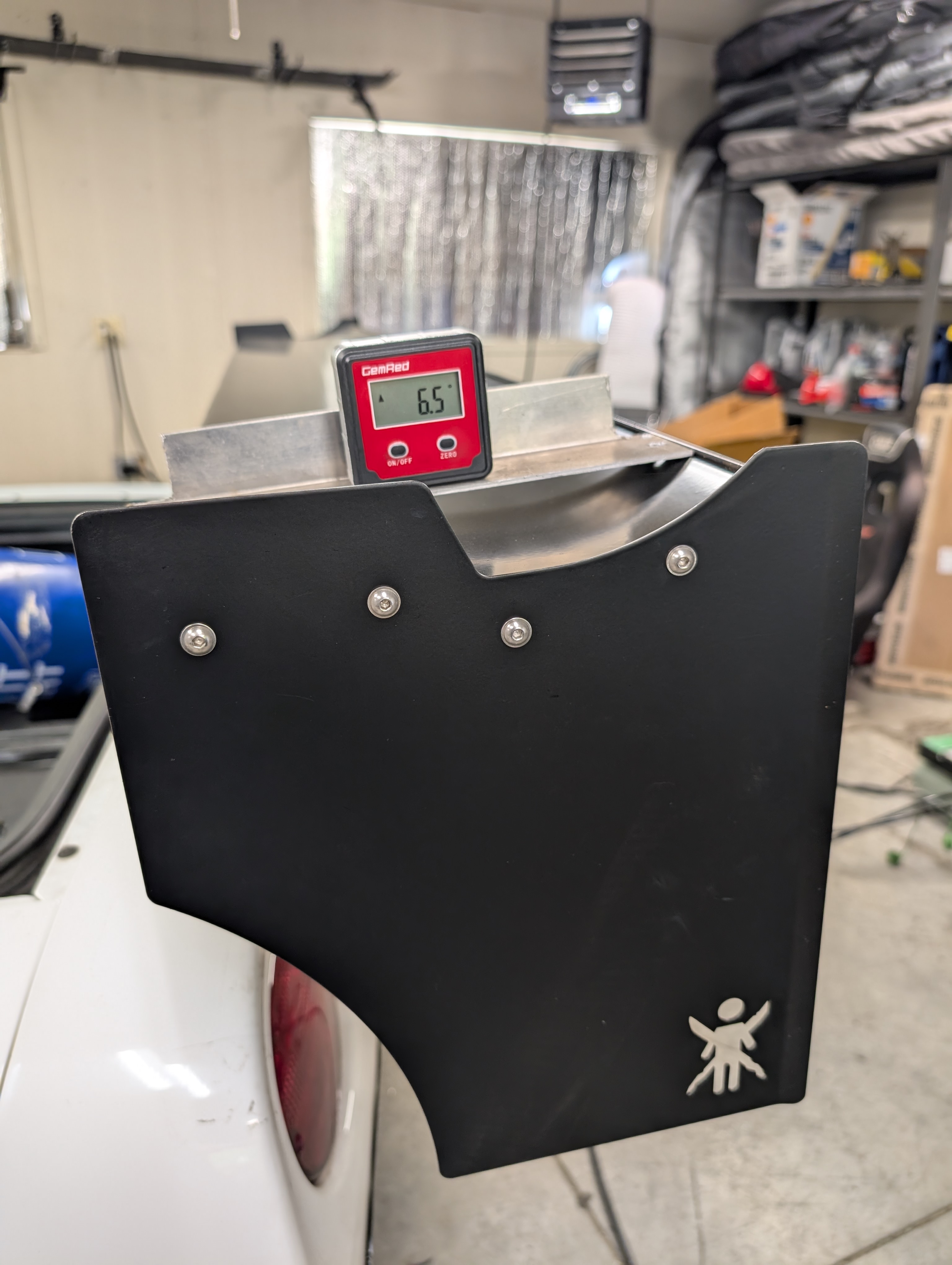
If you haven't already told AI what your aero setup is, now would be a good time. AI should have some suggestions for baseline settings for you, if your aero is adjustable.
Start at the front of your car. If you have a spoiler you'll want to measure angle on the spoiler relative to the ground, and height relative to the ground. If your spoiler measurements are off off, AI will help you dial your splitter in. Don't have a splitter but just a front lip? Take a picture, any measurements you can think of and share it with AI. Got cannards? They're a great balance tuning tool, so let AI know you have them and if they're removable or not, but ideally don't start with them. Add them as necessary, focusing first on maximizing mechanical grip.
Next up go to the rear of the car and provide what you have to AI. Got a spoiler? Take an angle measurement relative to the deck of the car and share it. Got a wing? Share what the wing is and what the angle of attack is. If it's adjustable, let AI know. This will give AI the full picture of what you have going on, and it'll call out if you're out of a reasonable range of adjustability. AI will also cater all of your other suggestions around what you have, so if you have a fixed spoiler and no aero up front, it'll try and make adjustments around the additional rear grip you have
Step 5 - With Everything Established, lastly you can adjust suspension settings (if available to you).
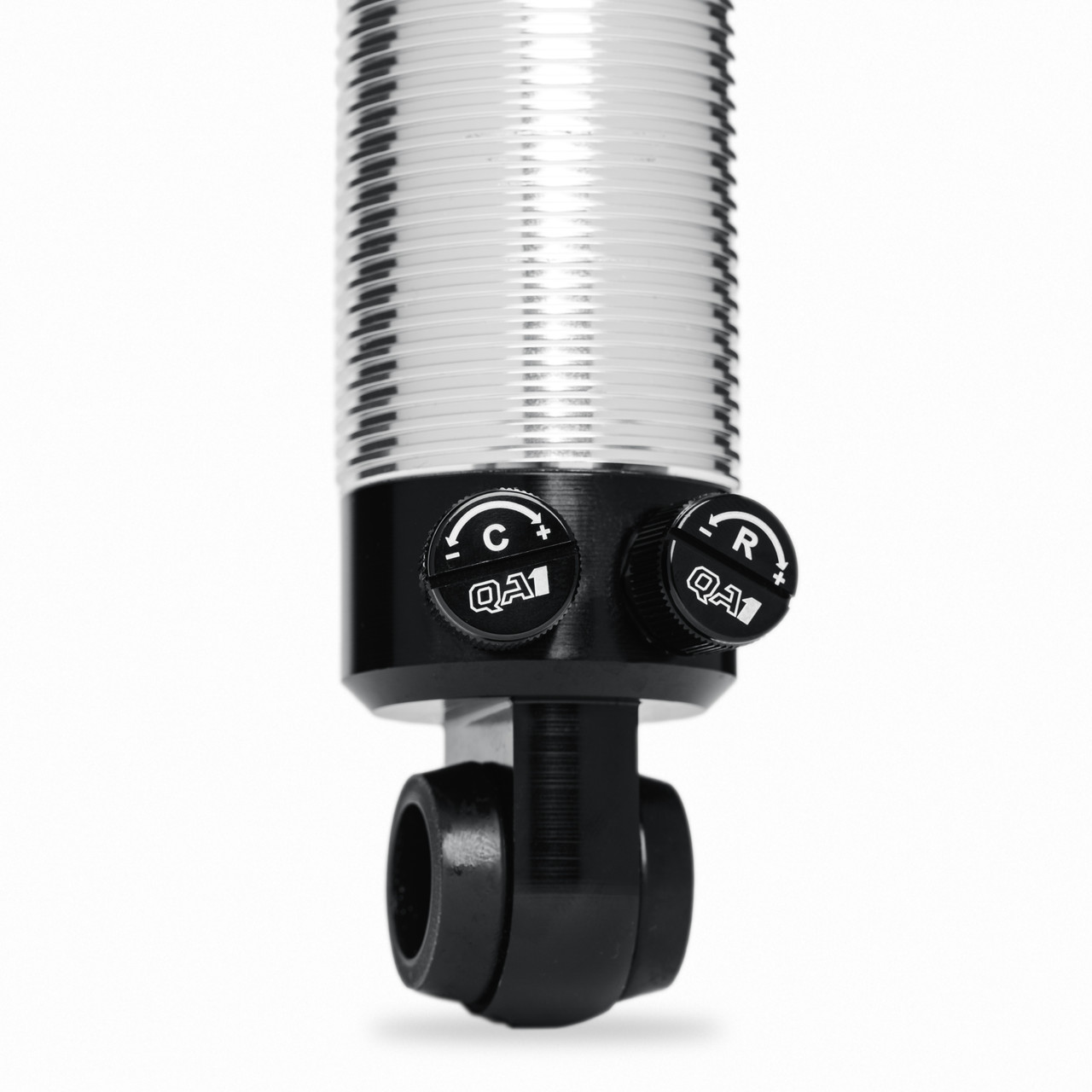
With the overall details of the car established and baseline values put in... it's time to move on to dialing in your shock settings. This one is pretty simple, tell the Ai you are working with what suspension setup you have. If you are on leaf springs, let AI know what year and sub-model of car you have, such as a 2002 Z51 C5 Corvette. Also, be sure to let AI know what sway bars you have, and their dimensions if you can. Check out Shred Jesse's collated information on sway bar sizes if you don't know your actual sizes.
All of these variables come together to control the car, and a good AI (I recommend ChatGPT if you haven't figured it out by now) will scour the internet for what others have said works for them with their setup. You can and should also direct AI to review any documentation available from the manufacturer for it's recommendations... and quite honestly as myself and more folks use AI to tune suspension it'll likely dig into what we've put out online as well, if not just reference the conversations we've had with it.
AI should now be able to give you a baseline set of starting recommendations, and what to look for in the cars handling that may make you want to change them. Make the adjustments to your suspension, and then tell the AI to remember that this is your current baseline now.
Step 7 - Sanity Check Your Findings
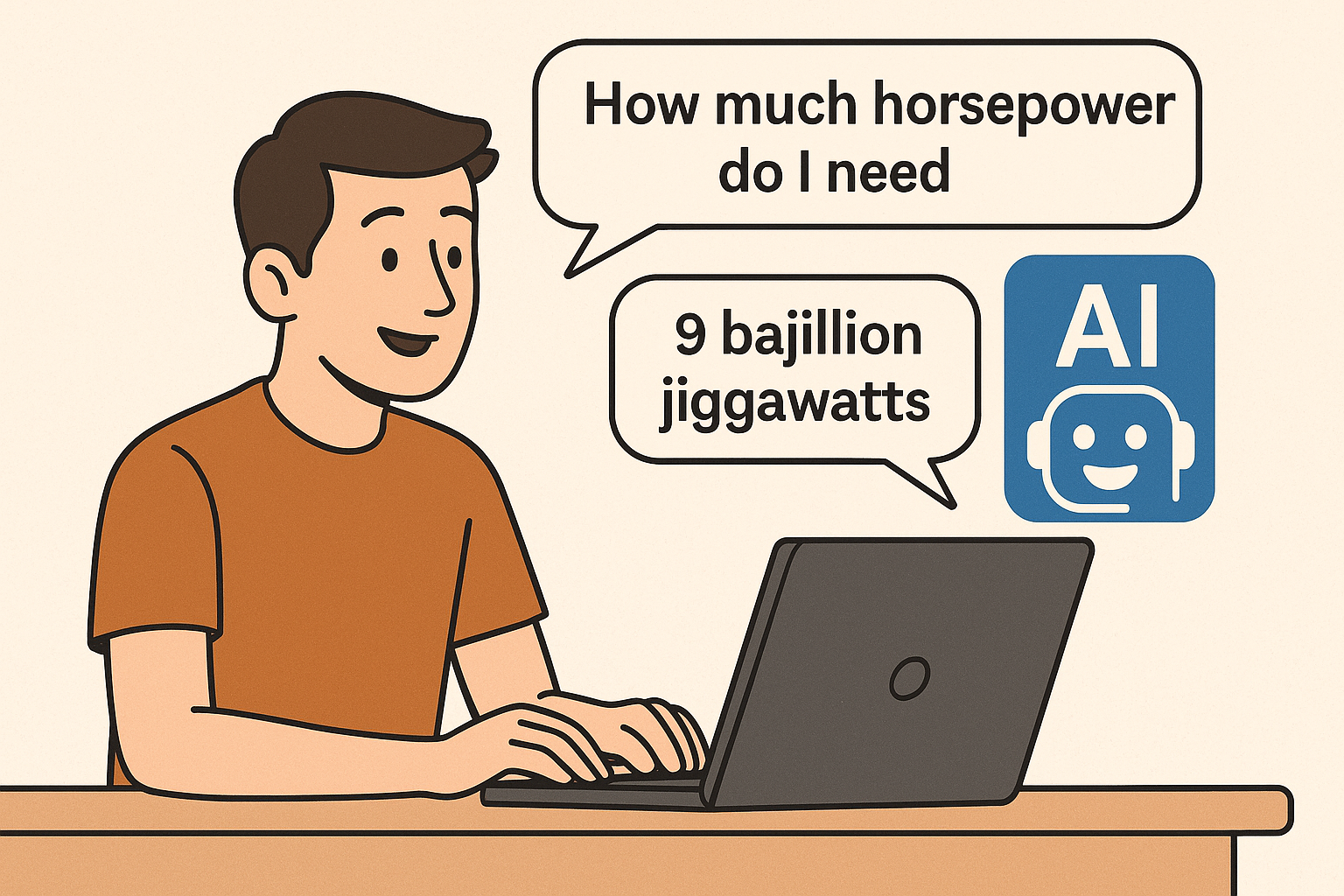
So it shouldn't come as a surprise to you that AI isn't perfect. Just like chatting with a Suspension expert over the phone, there's possible miscommunications, it's possible some aspects of your setup didn't get quite perfect with the AI. Look over the car and make sure that it visually makes sense. Way more space in the front wheel arches than the rear? Call that out to AI. Tire pressures seem insanely low or don't match the pressure jumps you've been seeing on track, call that out with AI! AI can and -will- be wrong at times, so you need to do a bit of homework yourself to validate what it has given you and that it's not mixing up any details.
Why bother with AI if you're going to just have to double check it's work anyways? I'd say it's because it'll get you the majority of the way there, but just like anything in life, this is your life you're taking into your hands in a fairly powerful machine... you'd be insane to not sanity check ANYONES work.
Step 8 - Confirm AI has logged your Baseline settings and Ask Questions
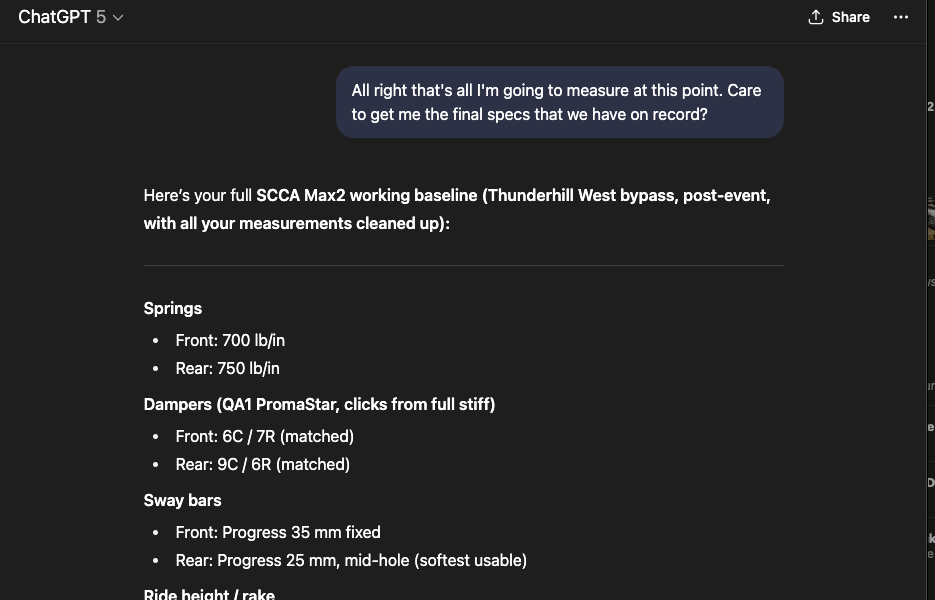
At this point you should have a fairly ready to go baseline. We can't guarantee it's perfect, but it'll be at least ballpark. Don't worry if they aren't perfect, this will get you in the game.
With the baseline established, I'd start asking any questions you may have, the big one being "What should I be looking/feeling for?" This is critical to know as it will help frame conversations between you and AI going forward. Just like a conversation with an actual trackside suspension tuner, you gotta make sure you're both going to be speaking the same language!
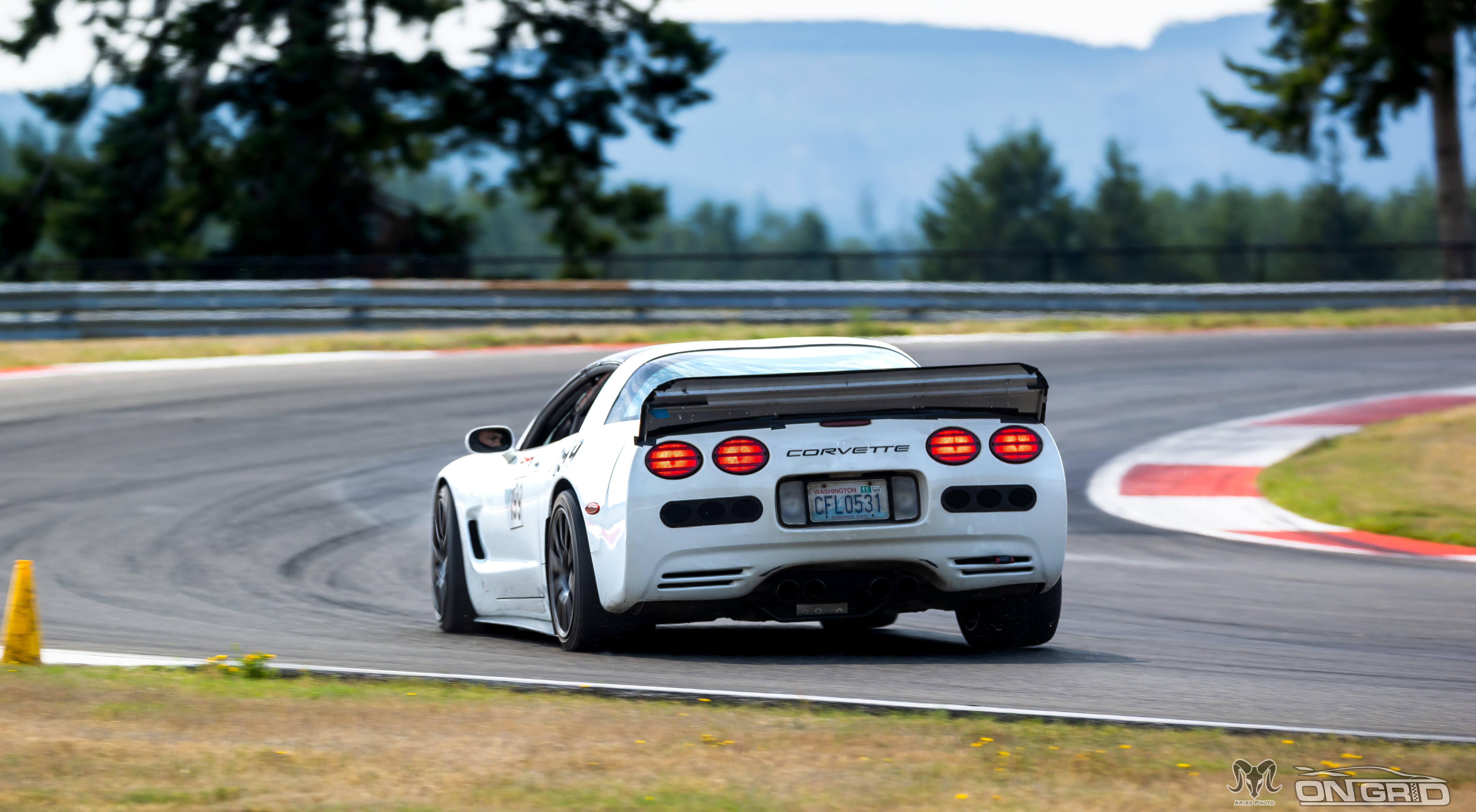
If the answers you get are too generic, feel free to ask for more detail. One great example of this I have is that a lot of folks use "rotation" to describe two very different aspects of handling. One form of "rotation" is controllable oversteer to get the car to come around sooner, often a desirable characteristic in tight road courses or AX. Another form is the final part of a turn (mid apex to exit) where the car really comes around and finalizes the turn. Be sure to not only ask questions, but also when explaining yourself and using terms explain what that word means to you, as believe it or not we're all capable of being wrong!
Congratulations, you've now got a baseline!
Working With AI At An Event
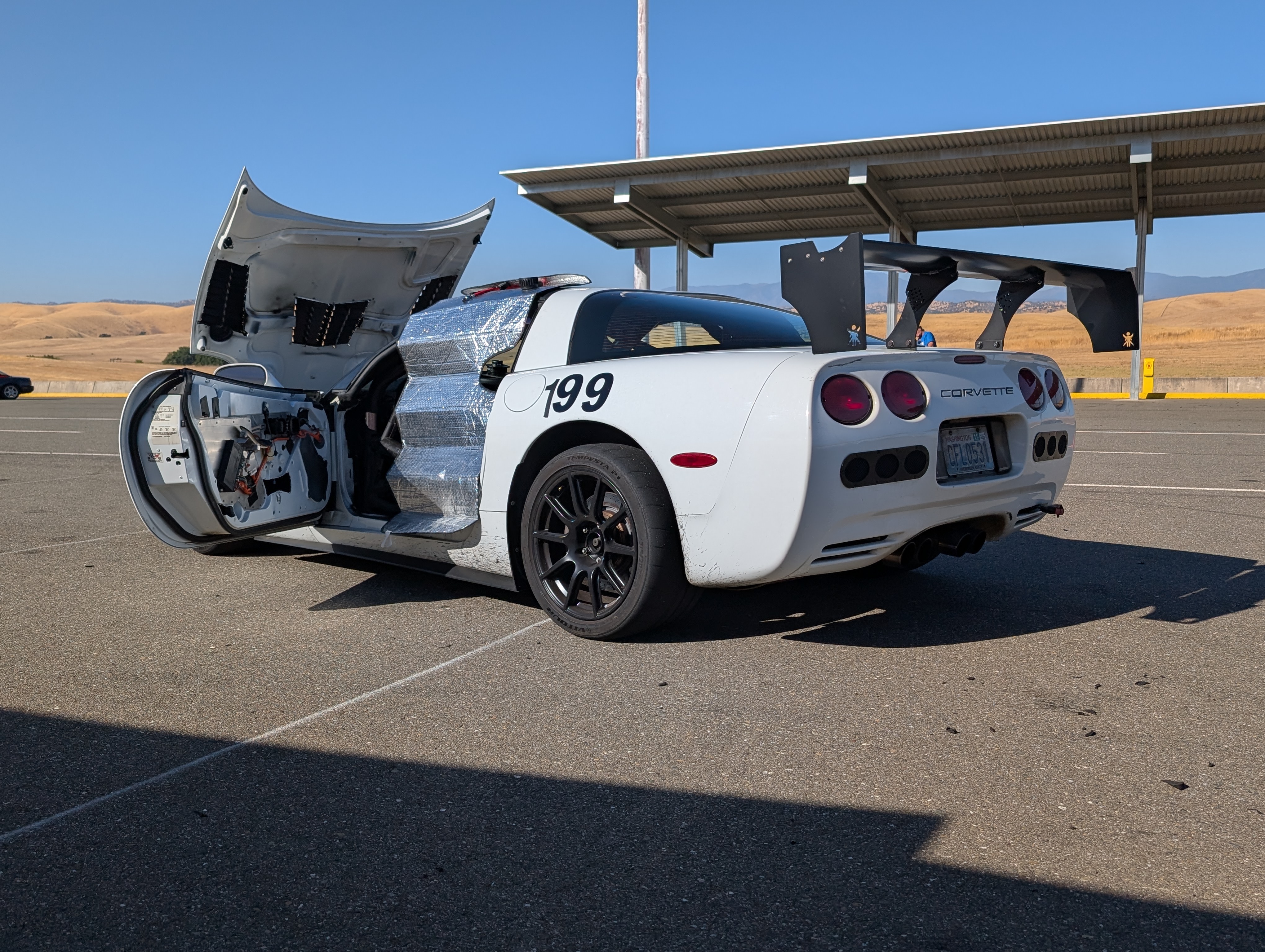
So you've got your baseline dialed in, you've got your car ready to go and you take it to whatever relevant event. The drag strip, the autocross course, the race track, the skid pad for drifting... whatever form your fun takes, you're there now.
Take your first run out at 70% or less capability. Just ease into things, and see how the car treats you. Generally the results will be immediately workable, but some aspects surely won't be perfect. Increase intensity as you safely feel you can over the remainder of the run or subsequent runs, and the immediately pull up your AI of choice. Tell it just what you experienced. Wheel spin off the line? Tell AI! Front push from apex onwards? Tell AI! Was the rear unsettled and trying to come around on your at entry after heavy braking? Tell AI... Share everything you experience, even if you don't get valuable information back, you at least have notes.
With the information you've shared, AI should then be able to look at all of the levers available to you/it, and provide suggestions. Now some of these suggestions might be a bit unreasonable to do right at your event. Most folks can't adjust front toe on the ground with 20 minutes between sessions, so don't be afraid to tell AI just what levers you're reasonably limited to at the event, though I do encourage you to tell the AI to remind you after the fact about alignment adjustments you can make. For example, at a recent event I told AI this in conversations leading up to the event:
I can at the track reasonably make the following adjustments: Add/remove canards, adjust suspension compression and rebound, and adjust rear wing angle. At lunch if things are really out of control I can make adjustments to the overall rake of the platform with the rear suspension. I won't be able to make adjustments outside of this during the event, but keep any ideas in mind for when we debrief on everything.
Make the adjustments AI suggests, and again feel free to challenge them. If they're too large of a change for your comfort, tell AI that. They likely will make a more modest setup reccomendation. Or did they give you three suggestions to try one at a time, but your best window for putting down a winning time is coming up? Tell AI that and it'll give you the most likely to succeed combination.
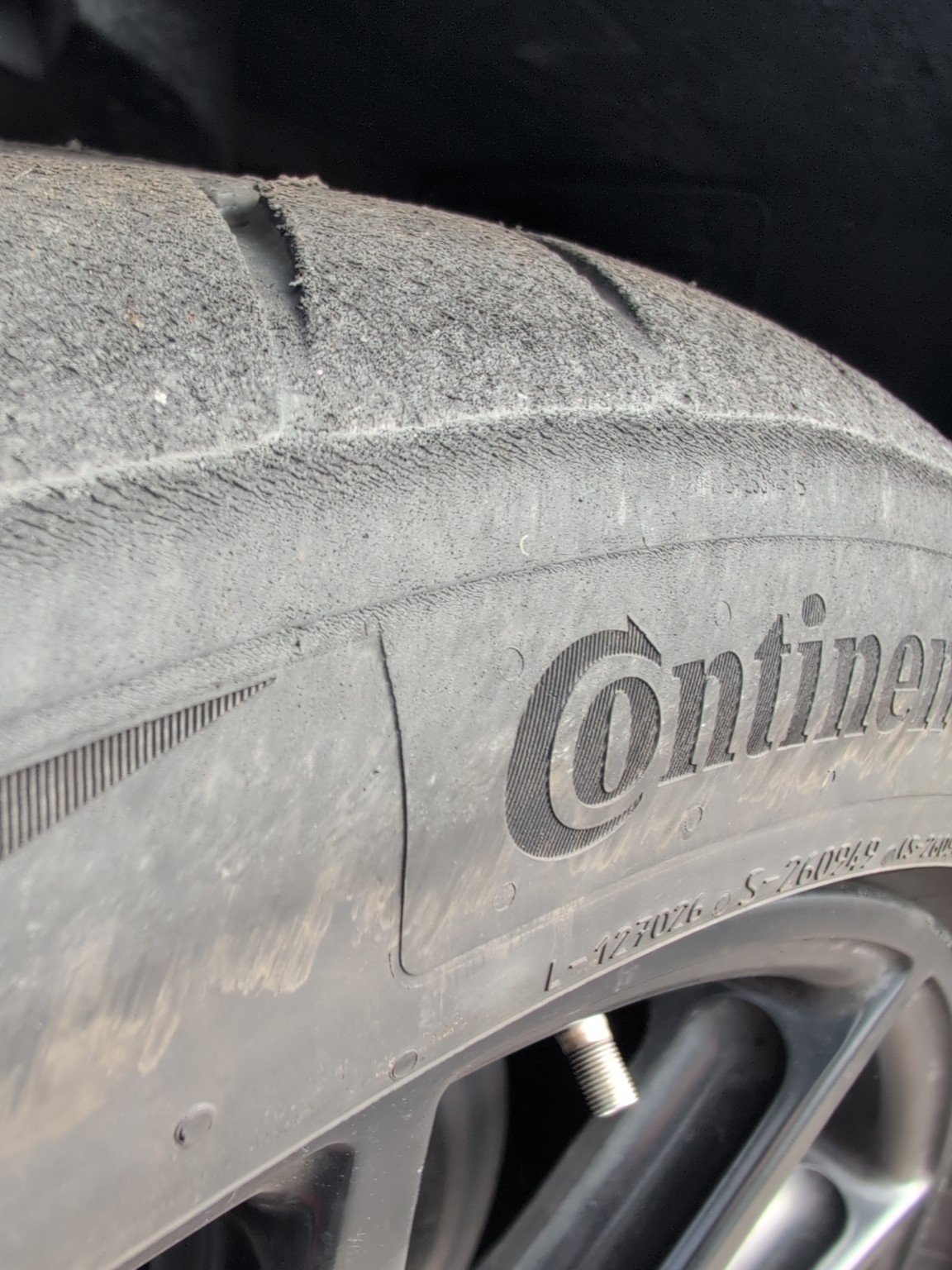

"A picture is worth a thousand words" often can apply here with AI as well. For example, the first picture above on the left was taken and submitted to AI when discussing handling issues. AI could see the tearing diagonal pattern on the shoulder, demonstrating that the tire was indeed trying to step out. AI suggest some changes, I made some adjustments, and then you can see the second picture that doesn't have the uniform diagonal wear to it anymore. We were able to majorly tamp down the oversteering characteristics of the car taking this approach.
Tire pressures are an interesting area with AI. Something that's come up a lot when I inquire with other folks about getting feedback from AI is that it suggests nearly everyone run much higher pressures than the "tribal knowledge" out there seems to suggest is ideal. For example on my Continental ECF track day setup (not my time attack setup) it was suggesting high pressures of 32-34 psi... which is very very high by standards. It's important to note though that AI's idea of a "hot temperature" is literally on the track while you're out driving at peak temperature. PSI will drop a bit as you take a cool down or checkered lap, and then get back to pit, and then get out of your car... etc etc. Be sure to communicate with AI just when you're taking tire pressure readings, as 34 after a mild cool down would indeed be a bit high.
Debriefing / After Action With AI
Now this part is the most important part. When all is said and done, make sure AI has remembered the adjustments you made by asking it to confirm what your actual settings are after changes during your event. Confirm that what you see matches what you recall, and if you're at all doubtful, go double check your adjustments. "Memory" with AI can be a bit spotty, so when in doubt, double check. Make sure to ask the simple question "If I ask about this again in 20 days in a new chat, are you going to remember this?" That ensures it actually has committed what you said to memory, as often AI's to save on storage will not actually remember things asked of it... which is lame, but I get it as well, a lot of folks ask it to remember what their favorite character from Friends was....
So now that that event is over and your adjustments are in memory... share with AI how the event went. Did you win? Did you have fun? Did the car feel confidence inspiring? Were there issues? Share with it your overall experience, and ask it to review that relative to the starting baseline, the current configuration, and in general how it all seems. A good AI (like ChatGPT) will likely take into account whatever you said, and discuss what worked and didn't, why it worked, and if it was limited on what levers it could pull (such as no toe adjustments trackside) it will hopefully at this point mention that and suggest garage basd changes. If it doesn't, directly call it out, such as saying
Now that changes aren't limited to what I can easily do trackside, what adjustments would you suggest I make to improve the car or better lock in the current configuration?
The AI may have no suggestions if everything went great. Or it may suggest larger changes in general, such as if you're maxing out a particular damper to get somewhat bearable handling characteristics... it may suggest you go up or down a spring rate or seek valving adjustments.
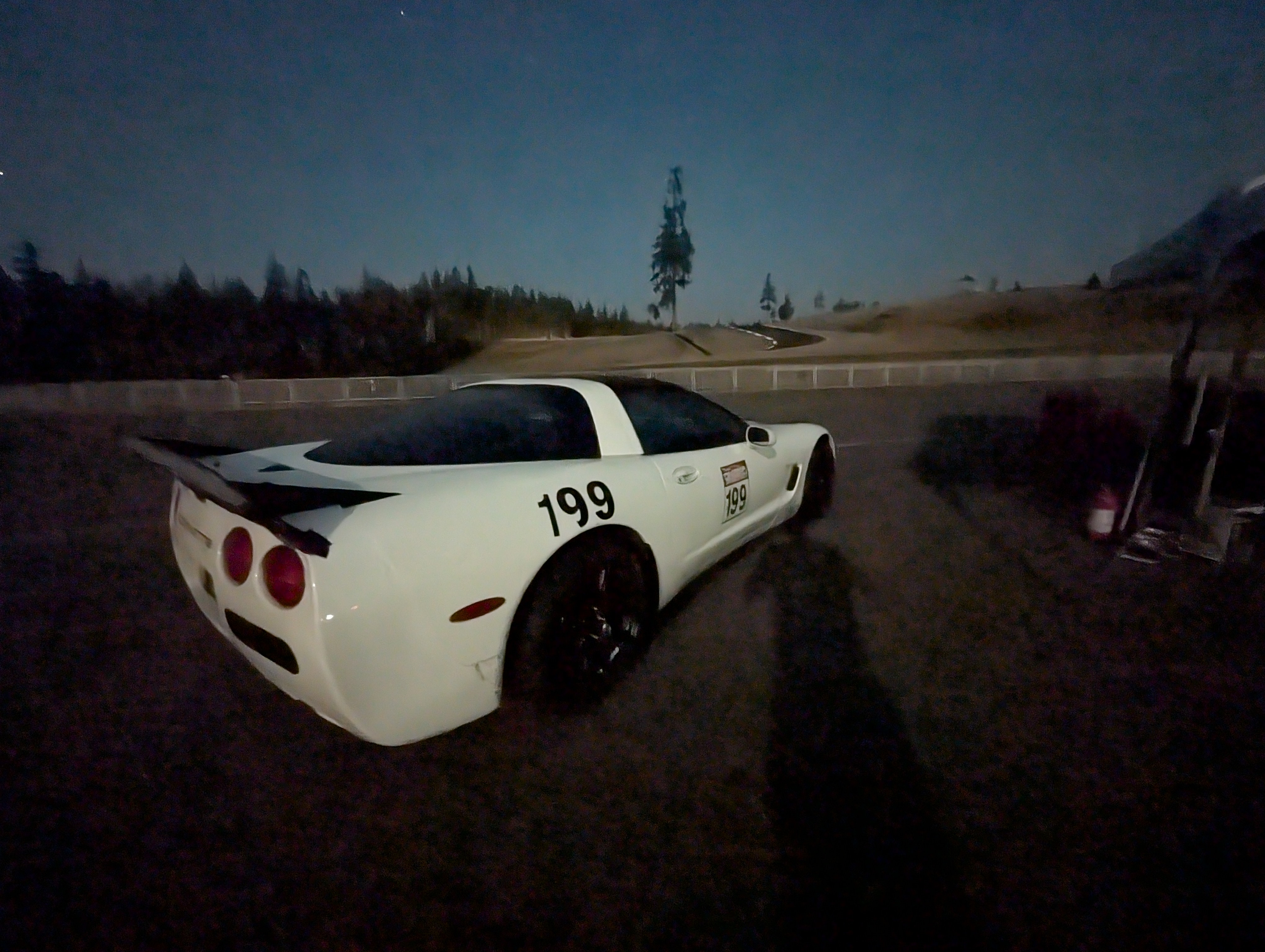
So there you have it. This is the pattern I've taken to work with AI. It's helped me dial my car in, it's taken me to the podium, but it's also lead to hour long discussions about just how wrong it's calculations were. It's not perfect, but it's something.
I fully expect many many folks will decry this. "You should be consulting a suspension expert!"
I'd love to honestly. I wish I could afford to pay somebody to sit at the race track all weekend with me, help take measurements of my setup, listen to me complain about what I am experiencing, and in general help me set my car up. For the folks that can afford that, that is indeed the best option out there more than likely. Some folks can spend the $1000+ on-top of everything it takes to get to an event. For the rest of us, consider trying out AI! There's results to be had, and worse case scenario you just got some good notes taken down.

